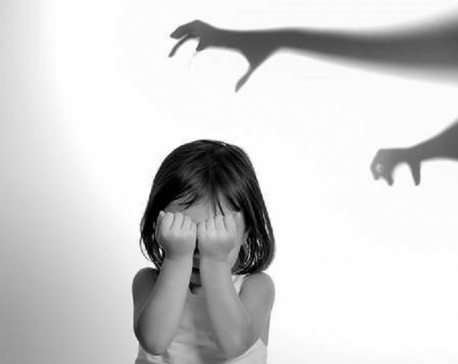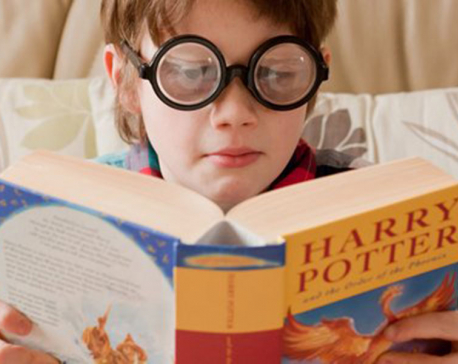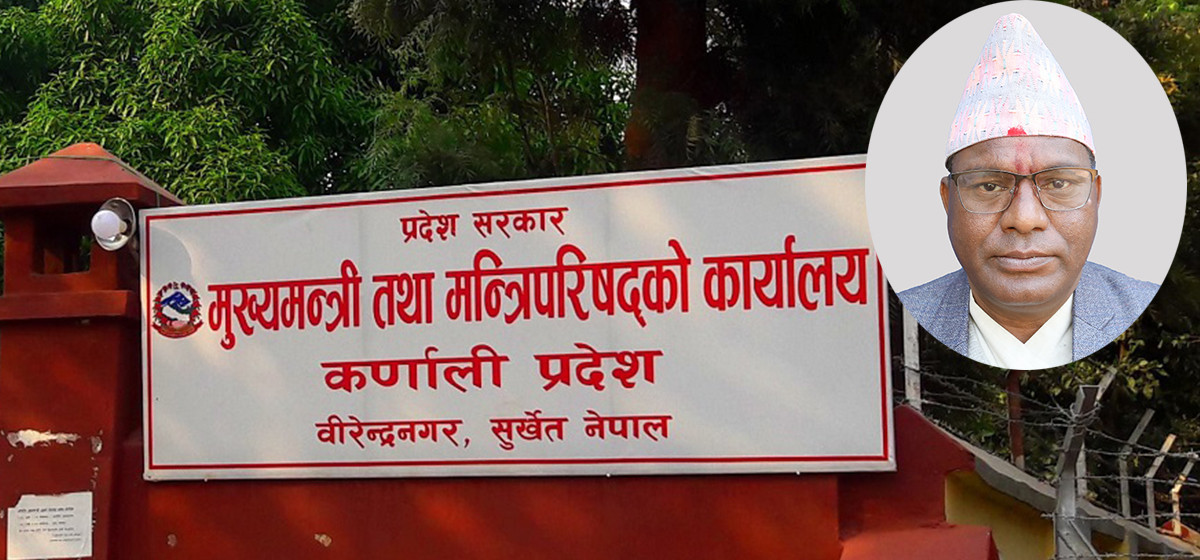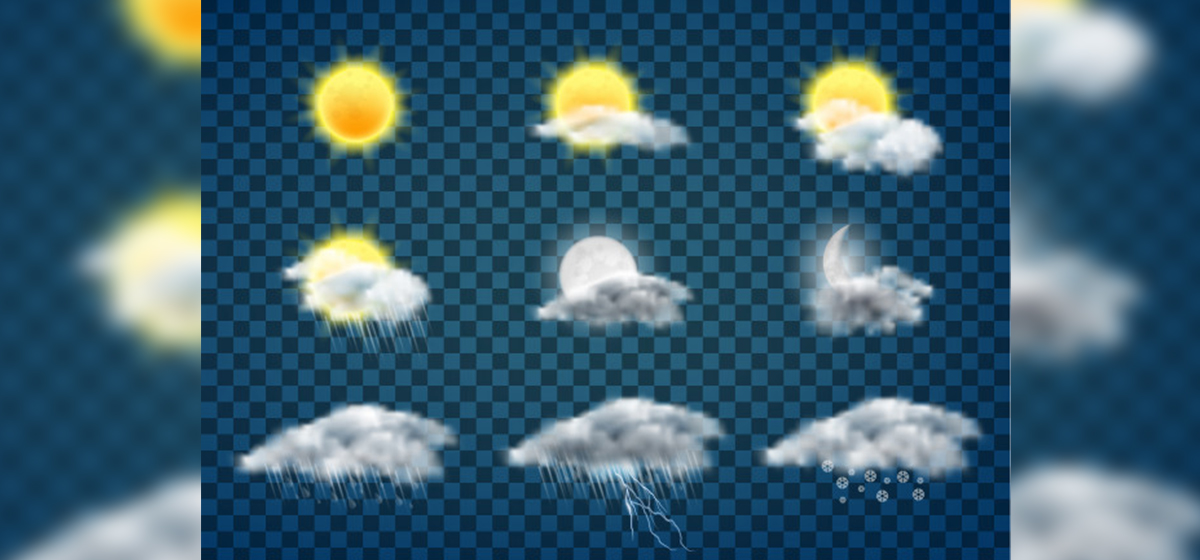
OR


Usha Pokharel
Usha Pokharel is an educationist and author of several children’s books.usha@pokharel.net
"The truth about rage is that it only dissolves when it is really heard and understood, without reservation." Carl Ransom Rogers
Anger is usually a response to danger. It is also a form of self-expression, and sometimes, a way for children to show their independence. For little children, it is also a cry for help. During the lockdown, schools are closed and children are at home. They are not able to go out and play or interact with their friends. This causes frustration in children, resulting in aggressive behavior. There are plenty of other reasons for young children to be angry about it.
First of all, they are small. They are not allowed to do everything as they wish. On top, adults dictate them. Young children, three to five years old, perceive danger even if there is none, overreact to it and seek protection by going on the offensive. Their ability to stop, listen, and seek common ground for negotiation and compromise is very rare.
Older children become frustrated by things that happened at school, and when they are home, they stomp and yell to get their frustration out. You are puzzled and overwhelmed. Under such circumstances, children need to understand and expect that they will experience a variety of feelings as they go through life, including anger, and that feeling angry sometimes is normal. What matters more is how you handle these feelings. Anger is a normal human emotion. However, uncontrolled anger can lead to aggression. Aggression in children begins during toddler years. Their frustration comes out as aggression because toddlers are unable to talk and express themselves. An overwhelmed and distressed child unable to communicate lashes out, and becomes aggressive. Often parents consider such behavior as manipulative and act accordingly.
Children, like everyone else, get angry, and when threatened, move into a fight. When fear, hurt, disappointment, pain, or grief is too upsetting, children lash out. Since children don't have a context for their upsets, even a small disappointment can seem like the end of the world to them. The frontal cortex that helps to self-regulate is not fully developed in children. As children grow, their brains develop, and with parents' help, they gradually gain the capacity to manage their anger constructively in a healthy way. Toddlers and little children also need to learn techniques to control their emotions. If they don’t, frequent aggression over time can cause problems in school, at home, and with their friends. Aggression gives way to anger, and anger management helps a child develop better ways to cope with angry feelings.
Understanding anger
Young children need to learn that anger is a name attached to certain feelings, and physical sensations, that come with anger, pounding heart, heavy breathing, and a feeling of getting warm. When children are angry, parents need to acknowledge and name their children’s emotions. “I can see you are angry right now”. It is up to the parents to help their children identify their anger triggers. These triggers can be anything from another child grabbing a toy or threatening them; an adult thwarting their exciting plans or seeming to punish unjustly, or their failure to reach some new goal they have set.
Over time, with your help, they will realize and overcome situations that make them want to scream and kick.
In the process of helping children manage anger, parents need to understand that raising an emotionally intelligent child is a process, not a destination. During this process, it is normal to see progress in your child’s ability to manage their emotions one moment and then see it go flying out the window the next. As children develop, there are numerous ups and downs in their capacity to self-regulate. Parents, please acknowledge anger as a healthy and normal emotion for your child to express. After that, it becomes easier for parents to become confident and calm while facing their little children with big emotions and give them the message they need to hear. At the same time, you also need to set the tone of working with anger instead of resisting it. After that, you can guide your children in managing it in healthy ways.
Our anger is a powerful part of us, but that does not mean it has to control us. It often overwhelms and unsettles everyone. Children need to understand that a person is not a problem, but the problem is the problem. When a child thinks s/he is a problem kid, just because s/he always acts out in school or causes conflict at home, it’s harder to help him/her to make changes. To help your child tell him/her: “It seems like anger has been causing you lots of stress lately. How about we give your anger a name and draw a picture of what you think it might look like”. One of the crucial steps towards understanding anger is finding out how physical this emotion is.
When exploring anger with children discuss their body’s anger signals. When children become aware of their body’s anger signals, it gives them a powerful message that it’s time to change their actions. In the process of exploring anger, ask children to externalize their problems or challenges. If they are having trouble managing their anger in safe ways, have them come up with a name and a visual depiction of their anger: like drawing a picture of their body and coloring areas where they feel anger, and what they feel it might look like. According to psychologists, children usually draw heavily on the hands and mouth area of the picture. They might even state that “anger explodes out of my hands and sometimes throws toys” or “anger shouts out of my mouth with a really loud voice!” This will empower them to separate themselves as a person from their anger problems and help them see that the problem is literally existing ‘outside of themselves’. Thus, helping them to objectively problem-solve and gain greater insight into the problem or the situation.
Anger is often visible physically in children. Under such circumstances, it is always a good idea to have a safe and soft place to land to avoid aggression towards others and to improve a child’s behavior at these times for time out sessions. It is always a good idea to discuss creating a safe landing or chill-out corner with your child when they are calm and regulated. Choose a comfortable and cozy place with lots of pillows and cushions and soft blankets, toys, and other things that help your children to calm down when they are angry.
Anger is a complicated emotion. The more children understand how it operates, the better they are at handling it. Anger often masks other deep vulnerable emotions. For a child, it is easier to express anger than be ashamed, embarrassed, or hurt. To protect us, our subconscious sends in its defense team in the form of anger. The anger iceberg metaphor is a fantastic visual that depicts this for kids and builds self-awareness. On any given day children face different events, emotions, and stressors that lie under the surface of what is visible to the parents and teachers. Hence asking them to write what is under their anger iceberg helps them to think about it and visualize it at the surface level. When children become clear of their true emotions and stressors, you can help them to work through those emotions and solve problems and challenges that they face. This will help your child to make a list of triggers trackers.
When your child is not upset help him/her sort their anger triggers (something that upsets them) and what will calm them before it becomes aggressive outburst. Most kids who have frequent meltdowns do it at very predictable times, like homework time, bedtime, or when it’s time to stop playing. Help your children to explore different situations that easily make them angry and list them. This will allow them to develop greater self-awareness and make them more prepared to face frustrating circumstances through problem solving and preparation. Here is a list of common anger triggers, but the possibilities are endless. Being told ‘no’, getting teased, getting interrupted, not being listened to, when something is unfair, losing a game, getting stuck with homework, getting ready for school in the morning, hunger, someone taking something that belongs to your child, turning off video games, when someone hurts them. Have your child check the ones that apply to them and discuss both yours and your child’s observations regarding the items on the list. Have them add on or delete ones that don’t apply to them. This is a great opportunity to talk about your own triggers and show how they differ for different people.
Create anger scale
This activity helps clarify the fact that anger occurs in different degrees. Help your child make an anger thermometer. Mark with numbers 1 being the lowest at the bottom and 10 being the highest on the top of the thermometer. Prompt your child to think about the anger triggers and place them on the thermometer according to their priority on the scale.
When you face your angry child, it’s easy to lose control of yourself and start yelling at him/her. Unfortunately, when you shout, you have less chance of reaching out to him/her. Instead, you will only make him/her more aggressive and defiant. You might not believe, but if you stay calm and in control of your own emotions, you present yourself as a role model for your child and teach him/her to do the same thing. The other thing to do is to not give up. Don’t encourage your children to continue their behavior by agreeing to what they want just to stop bad behavior. When they have calmed down, praise them for their good behavior: for putting in their efforts to not get angry. Similarly, if your child is feeling out of control separate him/her from the person s/he feels like hurting. Sometimes a parent has to initiate and stop their children from becoming aggressive. While you are at it, also set limits and let your children know that you are in charge. Teach them to think before they act and also consider how they would feel if they had to face similar behavior. Understanding consequences helps curb aggression to some extent.
When children are angry or agitated their sympathetic nervous system engages, prompting rapid and shallow breathing. Teach them to use a calming technique. Most of the time children need to assure themselves that their bad behavior has not turned them into bad people. This is where apologies come into play. Apologies and making amends help them move from the guilty feelings that come from knowing they were wrong.
Finally, it is never too soon to teach children how to control their anger. It is difficult for young children to master these strategies. They will need your help and a lot of practice. Helping our children to become emotionally healthy and grounded means helping them to better understand and manage their emotions. When it comes to anger, it is possible to get out of the passenger’s seat into the driver’s seat very easily. That is why you need to present yourself as a good role model. Your child closely watches your ways of handling anger, and s/he learns from you. Letting your child know that you’re angry about something s/he has done is one way to show him/her the consequences of his/her actions. When you’re angry with others, you can show him/her how to recognize that feeling, stop the impulse to lash out, and look for constructive solutions. When you fail at your attempts to defuse your own anger, you can admit your mistake, and demonstrate humility. Asking your child to stifle such powerful feelings won’t work.
A key to helping your child manage anger is getting him/her to question whether aggression really gets him/her what s/he wants.
Usha Pokharel is an educationist and author of several children’s books
You May Like This

Driving away fear from children
In the eyes of a child, the world can be a scary place. Young children are afraid of many things,... Read More...

16-24 year old most likely to be lonely, study finds
The pressure to present the "perfect" life on social media could be a factor. ... Read More...

Children and fantasy
Even a small child is capable of distinguishing between reality and fantasy, whether in stories, real life, books or movies Read More...






Just In
- National Development Council meeting on Thursday to finalize 16th Plan
- Qatar Emir meets PM Dahal, bilateral agreement and MoUs signed between Nepal and Qatar
- Employee involved in distribution of fake license transferred to CIAA!
- Youth found dead in a hotel in Janakpur
- CM Kandel to expand cabinet in Karnali province, Pariyar from Maoist Center to become minister without portfolio
- Storm likely to occur in Terai, weather to remain clear in remaining regions
- Prez Paudel solicits Qatar’s investment in Nepal’s water resources, agriculture and tourism sectors
- Fire destroys 700 hectares forest area in Myagdi



_20240423174443.jpg)









Leave A Comment